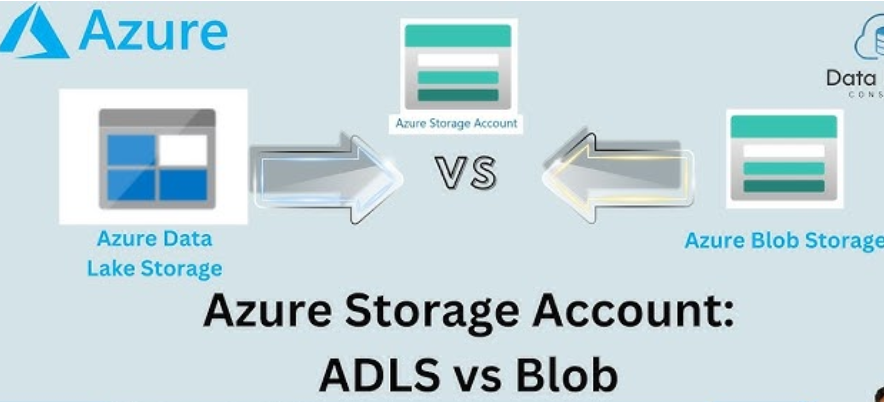Finding and maintaining the right balance of the CIA triad is challenging due to the diverse threat landscape, competing priorities, the complexity of IT systems, human factors, budget constraints, regulatory compliance, rapid technological advancements, and data sharing complexities. Organizations must proactively assess risks, prioritize assets, implement multi-layered (DiD) security strategies, and adapt to emerging threats. Collaboration among stakeholders is crucial for achieving a robust and effective security posture. It also requires a holistic approach to security and continual efforts to stay ahead of evolving security challenges. Organizations employ a combination of technical, administrative, and physical security measures to strike the right balance. Here are some common practices:
- Confidentiality:
- Access controls: Implementing RBAC to ensure that only authorized individuals have access to sensitive data and information.
- Encryption: Encrypting data during transmission (for example, using SSL/TLS for web traffic) and at rest (for example, encrypting data in databases or on storage devices) to protect against unauthorized access
- Secure Authentication: Using strong authentication methods such as passwords, MFA, or biometrics to verify the identity of users.
- Integrity:
- Data validation: Implementing validation checks to ensure that data is accurate, complete, and free from errors when it is entered into systems.
- Audit trails: Creating logs and audit trails to track changes made to data and detect any unauthorized modifications.
- Version control: Using version control mechanisms for critical documents to track changes and prevent unauthorized alterations.
- Availability:
- Redundancy: Implementing redundant systems and infrastructure to ensure high availability and fault tolerance. This includes redundant servers, network links, and power sources.
- Load balancing: Using load balancing techniques to distribute traffic across multiple servers, preventing overload and ensuring continuous service availability.
- Disaster recovery and business continuity planning: Developing comprehensive plans and procedures to recover from system failures, natural disasters, or other emergencies, thus minimizing downtime and maintaining service availability.
Additionally, organizations can achieve the CIA triad through various administrative practices and security policies:
- Security awareness training: Conducting regular security awareness training for employees to educate them about security best practices, risks, and the importance of maintaining confidentiality, integrity, and availability
- Risk assessment and management: Identifying potential security risks and vulnerabilities through risk assessments and implementing measures to mitigate those risks effectively
- Incident response: Establishing incident response teams and procedures to quickly respond to and mitigate security incidents, ensuring the continuity of operations
- Regular security audits: Conducting periodic security audits and assessments to evaluate the effectiveness of existing security measures and identify areas for improvement
Achieving the CIA triad is an ongoing process that requires continuous monitoring, updates to security measures, and adaptations to address emerging threats. Organizations must strike a balance between security requirements and business needs and implement appropriate security controls to safeguard their information, systems, and operations effectively.
Now, let us understand another important topic of cybersecurity – the three pillars.

